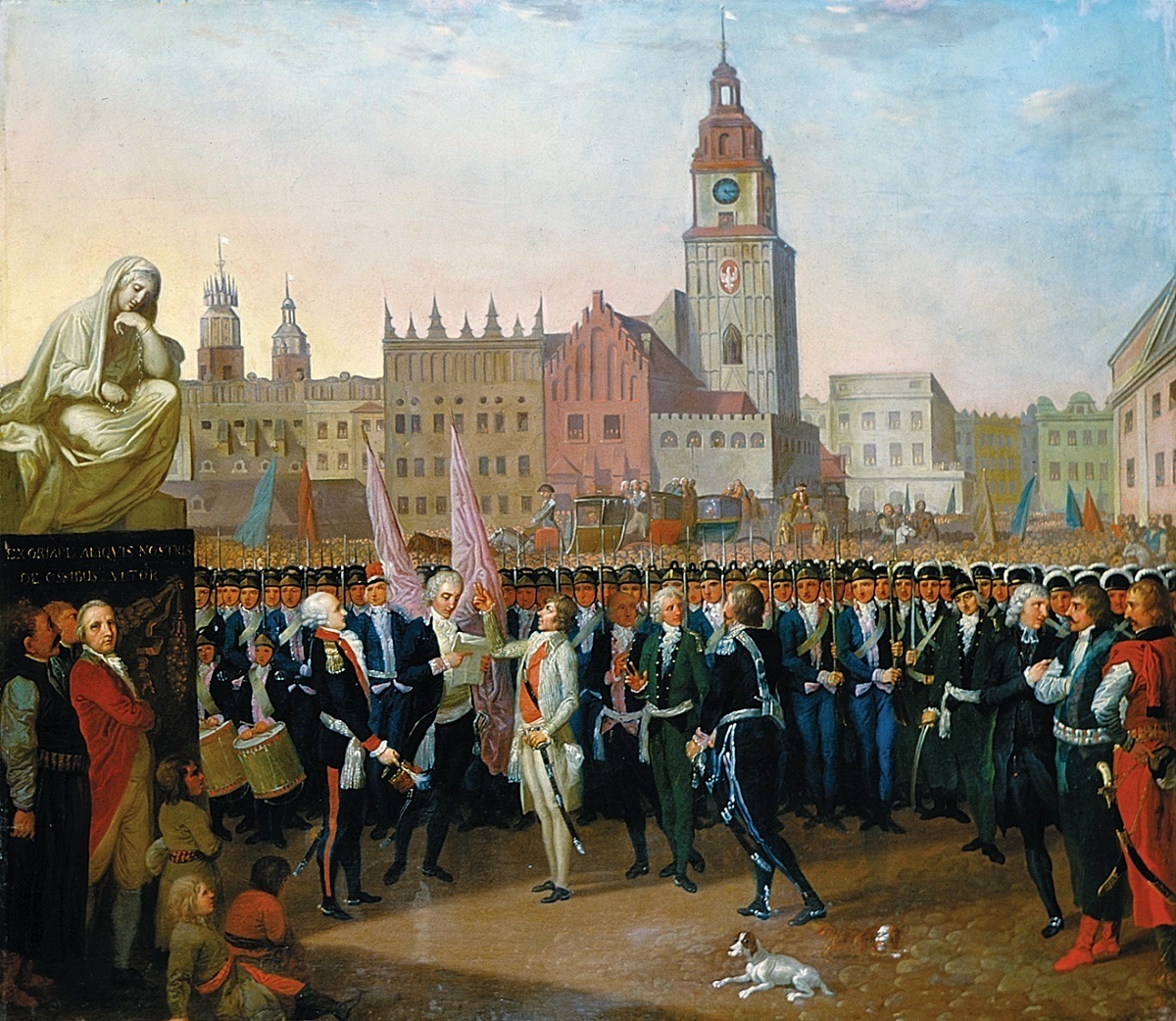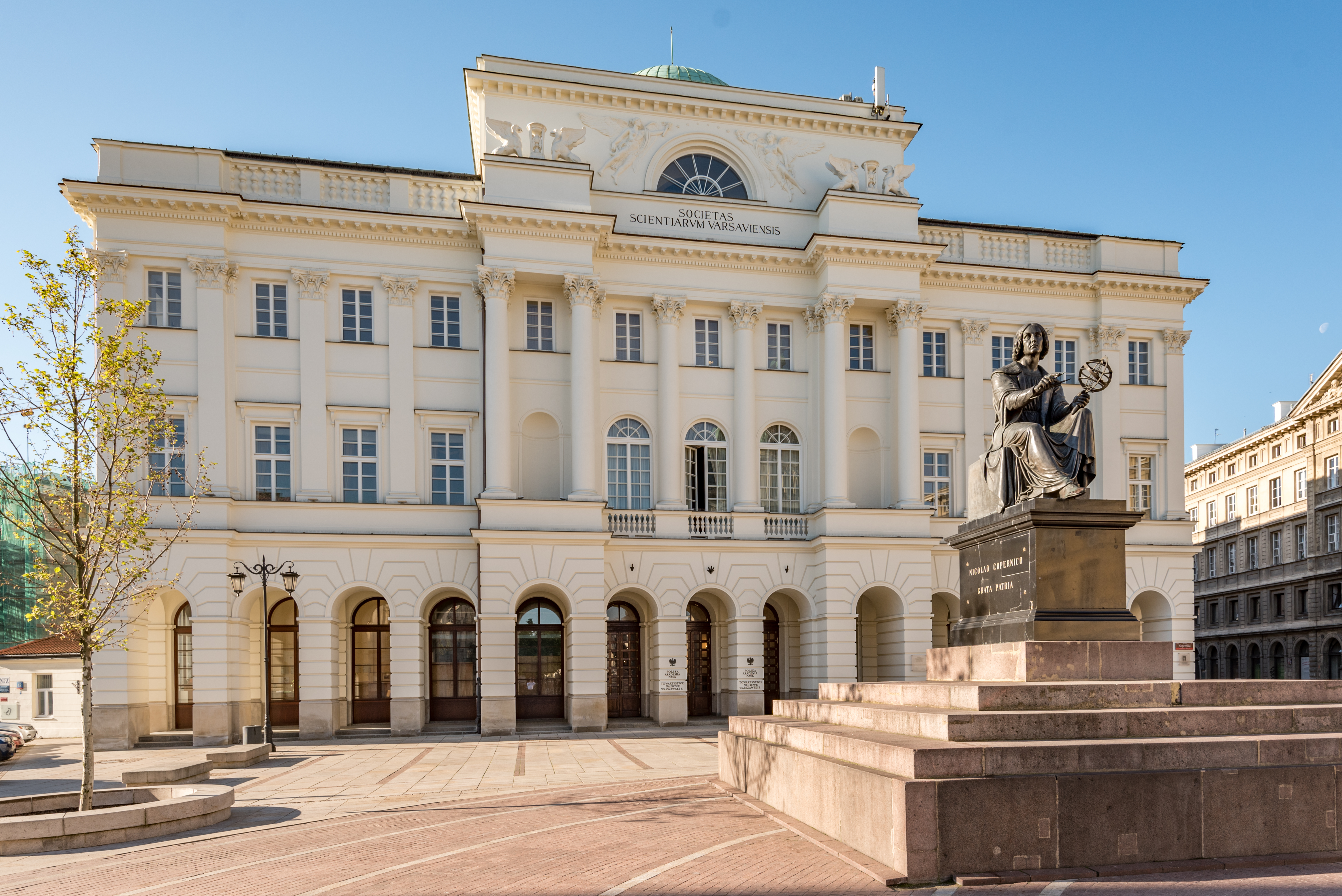|
Jan Jerzy Giessler
Jan Jerzy Giessler of Złotorzek coat of arms, Złotorzek (his surname also rendered as Gizler, Giesler or Gisiler; late 18th century) was a Polish military officer. Born to Johann Giessler, an Austrian officer in Polish military service, Jan Jerzy Giessler also joined the Polish Army, eventually rising to the rank of pułkownik, Colonel of the Polish Army. He was also ennobled and received the coat of arms of Złotorzek. He was the commanding officer of the 16th Regiment of Foot (Poland), 16th Regiment of Foot during the Kościuszko Uprising. He distinguished himself during the Warsaw Uprising (1794), Warsaw Insurrection of 1794, for which he was promoted to the rank of Major General and his unit, initially battalion-sized, was expanded to full regiment. He was taken prisoner by the Russians during the Battle of Praga. References Citations Bibliography * 18th-century Polish military personnel Generals of the Polish–Lithuanian Commonwealth Polish nobility Genera ... [...More Info...] [...Related Items...] OR: [Wikipedia] [Google] [Baidu] |
Pułkownik
''Polkovnik'' (russian: полковник, lit= regimentary; pl, pułkownik) is a military rank used mostly in Slavic-speaking countries which corresponds to a colonel in English-speaking states and oberst in several German-speaking and Scandinavian countries. The term originates from an ancient Slavic word for a group of soldiers and folk. However, in Cossack Hetmanate and Sloboda Ukraine, ''polkovnyk'' was an administrative rank similar to a governor. Usually this word is translated as colonel, however the transliteration is also in common usage, for the sake of the historical and social context. ''Polkovnik'' began as a commander of a distinct group of troops (''polk''), arranged for battle. The exact name of this rank maintains a variety of spellings in different languages, but all descend from the Old Slavonic word ''polk'' (literally: regiment sized unit), and include the following in alphabetical order: # Belarus — # Bosnia and Herzegovina, Croatia, Montene ... [...More Info...] [...Related Items...] OR: [Wikipedia] [Google] [Baidu] |
Polish Army
The Land Forces () are the land forces of the Polish Armed Forces. They currently contain some 62,000 active personnel and form many components of the European Union and NATO deployments around the world. Poland's recorded military history stretches back a millennium – since the 10th century (see List of Polish wars and History of the Polish Army). Poland's modern army was formed after Poland Partitions of Poland, regained independence following World War I in 1918. History 1918–1938 When Poland regained independence in 1918, it recreated its military which participated in the Polish–Soviet War of 1919–1921, and in the two smaller conflicts ( Polish–Ukrainian War (1918–1919) and the Polish–Lithuanian War (1920)). Initially, right after the First World War, Poland had five military districts (1918–1921): * Poznań Military District (Poznański Okręg Wojskowy), HQ in Poznań * Kraków Military District (Krakowski Okręg Wojskowy), HQ in Kraków * Łódź Mil ... [...More Info...] [...Related Items...] OR: [Wikipedia] [Google] [Baidu] |
16th Regiment Of Foot (Poland)
The Bedfordshire and Hertfordshire Regiment was the final title of a line infantry regiment of the British Army that was originally formed in 1688. After centuries of service in many conflicts and wars, including both the First and Second World Wars, the regiment was amalgamated with the Essex Regiment in 1958 to form the 3rd East Anglian Regiment (16th/44th Foot). However, this was short-lived and again was amalgamated, in 1964, with the 1st East Anglian Regiment (Royal Norfolk and Suffolk) and 2nd East Anglian Regiment (Duchess of Gloucester's Own Royal Lincolnshire and Northamptonshire), and the Royal Leicestershire Regiment to form the present Royal Anglian Regiment. History Formation; 1688 – 1751 The regiment was formed on 9 October 1688 in Reading, Berkshire, in response to a possible invasion by William of Orange, later William III; its first commander was Colonel Archibald Douglas, formerly of The Royal Regiment. On 5 November 1688, William landed in Torquay, Jam ... [...More Info...] [...Related Items...] OR: [Wikipedia] [Google] [Baidu] |
Kościuszko Uprising
The Kościuszko Uprising, also known as the Polish Uprising of 1794 and the Second Polish War, was an uprising against the Russian Empire and the Kingdom of Prussia led by Tadeusz Kościuszko in the Polish–Lithuanian Commonwealth and the Prussian partition in 1794. It was a failed attempt to liberate the Polish–Lithuanian Commonwealth from external influence after the Second Partition of Poland (1793) and the creation of the Targowica Confederation. Background Decline of the Commonwealth By the early 18th century, the magnates of Poland and Lithuania controlled the state – or rather, they managed to ensure that no reforms would be carried out that might weaken their privileged status (the " Golden Freedoms"). Through the abuse of the '' liberum veto'' rule which enabled any deputy to paralyze the Sejm (Commonwealth's parliament) proceedings, deputies bribed by magnates or foreign powers or those simply content to believe they were living in an unprecedented "G ... [...More Info...] [...Related Items...] OR: [Wikipedia] [Google] [Baidu] |
Warsaw Uprising (1794)
The Warsaw Uprising of 1794 or Warsaw Insurrection ( pl, insurekcja warszawska) was an armed insurrection by the people of Warsaw early in the Kościuszko Uprising. Supported by the Polish Army, the uprising aimed to throw off control by the Russian Empire of the Polish capital city (Warsaw). It began on 17 April 1794, soon after Tadeusz Kościuszko's victory at the Battle of Racławice. Although the Russian forces had more soldiers and better equipment, the Polish regular forces and militia, armed with rifles and sabres from the Warsaw Arsenal, inflicted heavy losses on the surprised enemy garrison. Russian soldiers found themselves under crossfire from all sides and from buildings, and several units broke early and suffered heavy casualties in their retreat. Kościuszko's envoy, Tomasz Maruszewski, and Ignacy Działyński and others had been laying the groundwork for the uprising since early 1793. They succeeded in winning popular support: the majority of Polish units stat ... [...More Info...] [...Related Items...] OR: [Wikipedia] [Google] [Baidu] |
Battle Of Praga
The Battle of Praga or the Second Battle of Warsaw of 1794 was a Russian assault on Praga, the easternmost suburb of Warsaw, during the Kościuszko Uprising in 1794. It was followed by a massacre (known as the Massacre of Praga) of the civilian population of Praga. Eve of the battle After the Battle of Maciejowice General Tadeusz Kościuszko was captured by the Russians.Storozynski, A., 2009, The Peasant Prince, New York: St. Martin's Press, The internal struggle for power in Warsaw and the demoralisation of the city's population prevented General Józef Zajączek from finishing the fortifications surrounding the city both from the east and from the west. At the same time, the Russians were making their way towards the city. Opposing forces The Russian forces consisted of two battle-hardened corps under Generals Aleksandr Suvorov and Ivan Fersen. Suvorov took part in the recent Russo-Turkish war, then in the heavy fighting in Polesie and finally in the Battle of Maciejowice ... [...More Info...] [...Related Items...] OR: [Wikipedia] [Google] [Baidu] |
Polski Słownik Biograficzny
''Polski Słownik Biograficzny'' (''PSB''; Polish Biographical Dictionary) is a Polish-language biographical dictionary, comprising an alphabetically arranged compilation of authoritative biographies of some 25,000 notable Poles and of foreigners who have been active in Poland – famous as well as less-well-known persons – from Popiel, Piast Kołodziej, and Mieszko I, at the dawn of Polish history, to persons who died in the year 2000. The ''Dictionary'', published incrementally since 1935, is a work in progress. It currently covers entries from A to S and its completion is expected about 2030. The PSB is, by its own assessment, "at present... one of the world's leading biographical publications." Outside Poland, it is available at the British Library, the Library of Congress, the Vatican Library, the Hoover Institution on War, Revolution and Peace, the University of California at Berkeley, Stanford University, the Getty Museum, and many other national and major researc ... [...More Info...] [...Related Items...] OR: [Wikipedia] [Google] [Baidu] |
Polish Academy Of Sciences
The Polish Academy of Sciences ( pl, Polska Akademia Nauk, PAN) is a Polish state-sponsored institution of higher learning. Headquartered in Warsaw, it is responsible for spearheading the development of science across the country by a society of distinguished scholars and a network of research institutes. It was established in 1951, during the early period of the Polish People's Republic following World War II. History The Polish Academy of Sciences is a Polish state-sponsored institution of higher learning, headquartered in Warsaw, that was established by the merger of earlier science societies, including the Polish Academy of Learning (''Polska Akademia Umiejętności'', abbreviated ''PAU''), with its seat in Kraków, and the Warsaw Society of Friends of Learning (Science), which had been founded in the late 18th century. The Polish Academy of Sciences functions as a learned society acting through an elected assembly of leading scholars and research institutions. The Academy h ... [...More Info...] [...Related Items...] OR: [Wikipedia] [Google] [Baidu] |
18th-century Polish Military Personnel
The 18th century lasted from January 1, 1701 ( MDCCI) to December 31, 1800 ( MDCCC). During the 18th century, elements of Enlightenment thinking culminated in the American, French, and Haitian Revolutions. During the century, slave trading and human trafficking expanded across the shores of the Atlantic, while declining in Russia, China, and Korea. Revolutions began to challenge the legitimacy of monarchical and aristocratic power structures, including the structures and beliefs that supported slavery. The Industrial Revolution began during mid-century, leading to radical changes in human society and the environment. Western historians have occasionally defined the 18th century otherwise for the purposes of their work. For example, the "short" 18th century may be defined as 1715–1789, denoting the period of time between the death of Louis XIV of France and the start of the French Revolution, with an emphasis on directly interconnected events. To historians who exp ... [...More Info...] [...Related Items...] OR: [Wikipedia] [Google] [Baidu] |
Generals Of The Polish–Lithuanian Commonwealth
A general officer is an officer of high rank in the armies, and in some nations' air forces, space forces, and marines or naval infantry. In some usages the term "general officer" refers to a rank above colonel."general, adj. and n.". OED Online. March 2021. Oxford University Press. https://www.oed.com/view/Entry/77489?rskey=dCKrg4&result=1 (accessed May 11, 2021) The term ''general'' is used in two ways: as the generic title for all grades of general officer and as a specific rank. It originates in the 16th century, as a shortening of ''captain general'', which rank was taken from Middle French ''capitaine général''. The adjective ''general'' had been affixed to officer designations since the late medieval period to indicate relative superiority or an extended jurisdiction. Today, the title of ''general'' is known in some countries as a four-star rank. However, different countries use different systems of stars or other insignia for senior ranks. It has a NATO rank sc ... [...More Info...] [...Related Items...] OR: [Wikipedia] [Google] [Baidu] |
Polish Nobility
The ''szlachta'' (Polish: endonym, Lithuanian: šlėkta) were the noble estate of the realm in the Kingdom of Poland, the Grand Duchy of Lithuania, and the Polish–Lithuanian Commonwealth who, as a class, had the dominating position in the state, exercising extensive political rights and power. Szlachta as a class differed significantly from the feudal nobility of Western Europe. The estate was officially abolished in 1921 by the March Constitution."Szlachta. Szlachta w Polsce" ''Encyklopedia PWN'' The origins of the ''szlachta'' are obscure and the subject of several theories. Traditionally, its members owned land (allods), [...More Info...] [...Related Items...] OR: [Wikipedia] [Google] [Baidu] |


